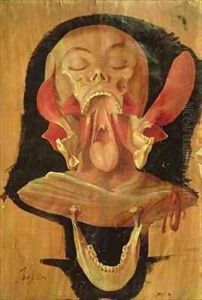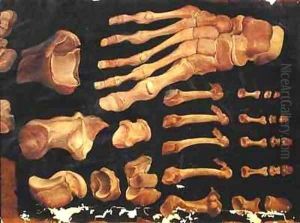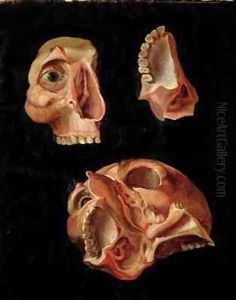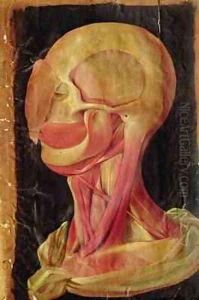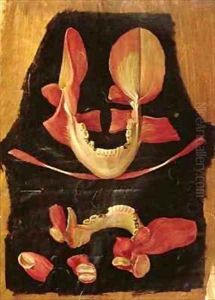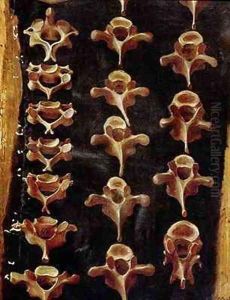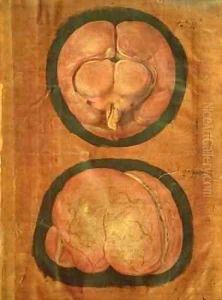Hieronymus Fabricius ab Aquapendente Paintings
Hieronymus Fabricius ab Aquapendente, born Girolamo Fabrizi d'Acquapendente in 1537 in Acquapendente, Italy, was a pioneering anatomist and surgeon of the Italian Renaissance, not traditionally categorized as an artist in the conventional sense. However, his contributions to the visual and practical arts of medicine, particularly in anatomy, warrant his inclusion in discussions where the intersection of art, science, and the study of the human body converge. Fabricius studied medicine at the University of Padua, where he was a student of Gabriele Falloppio. He later succeeded Falloppio as the chair of surgery and anatomy, conducting lectures and dissections that attracted students from all over Europe.
Throughout his career, Fabricius made significant contributions to the understanding of the human body, which were instrumental in the shift towards modern medical practices. His works on venous valves ('De venarum ostiolis', 1603) and the embryological development of humans and other animals were groundbreaking. The detailed illustrations found in his publications showcased an intersection of artistic skill and scientific inquiry, highlighting the importance of visual accuracy in the study of anatomy. These illustrations were not only scientific tools but also works of art that reflected the Renaissance fascination with the human form and the complexities of its functions.
Fabricius' legacy in the history of medicine is marked by his influence on his students, most notably William Harvey, who would go on to discover the circulation of blood. This connection further emphasizes Fabricius’ role in the foundation of modern medical science. His method of teaching, which combined rigorous observation with hands-on dissection, paved the way for future generations of anatomists and surgeons. He spent the latter part of his life in Padua, where he died in 1619. Though primarily remembered for his scientific achievements, Fabricius’ work remains a testament to the deeply intertwined nature of art and science, especially in the field of anatomical illustration.
